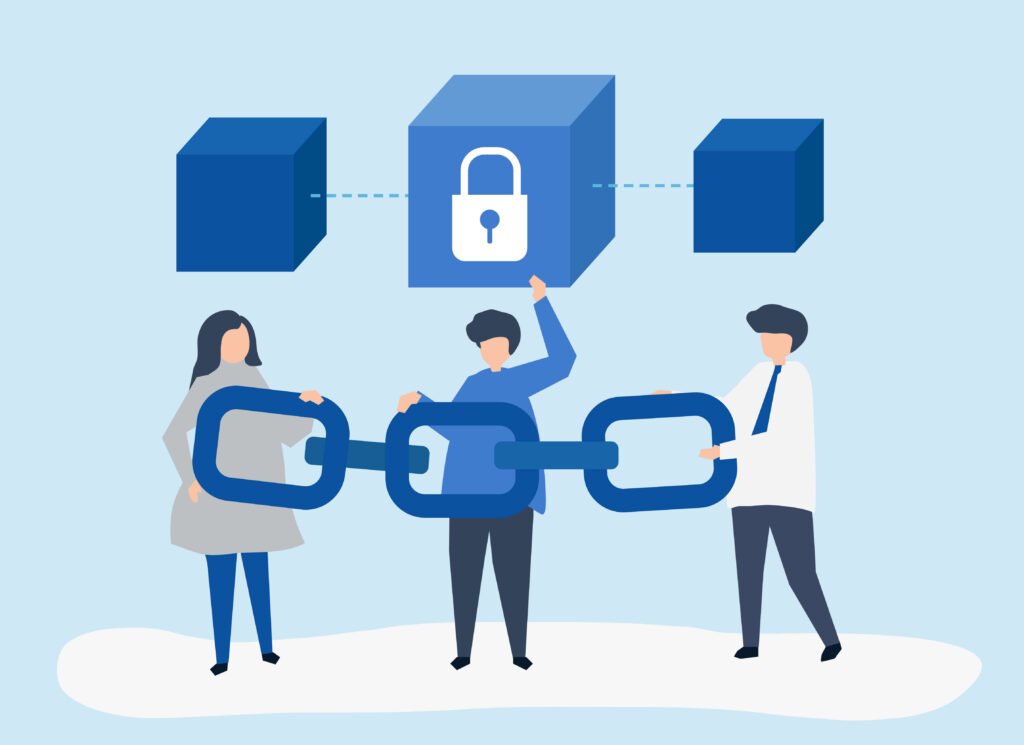In order to understand more about the app's architecture, design, and development process, the audit team will examine all of the specifications and other related documents.
The audit team won't know what the code is intended to achieve or whether it functions properly if they don't have access to this information. Since the project requirements will serve as the basis for the audit itself, the first thing you should do before starting such an audit of the security contract is to ensure that they are all taken into account.
Make sure that everybody is in agreement when the code freeze will happen. When the code is complete and the developers have verified that there are no bugs, this is the point. To ensure that everyone is on the same page regarding the code that is subject to the audit and that any future changes are outside the scope of the audit, a final commit hash will be provided in the specs.
